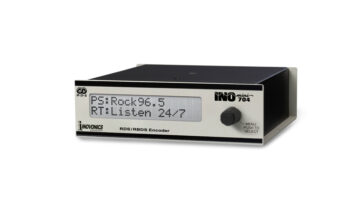Radio World checked back in with WREK(FM) in Atlanta about a customized use of RDS on which we reported earlier.
We told you last month that the station at the Georgia Institute of Technology had “hacked” its RDS stream to provide additional dynamic text over receiver displays tuned to its analog and HD Radio signals, as well as on its Internet stream.
The project involved the station’s Broadcast Electronics AudioVault system with RDDI software engine, configured to pull source text strings from a remote machine. Chris Campbell, the former station engineer, wrote custom software that references a script and delivers the text on a schedule defined by timecode markers. (He describes the setup in more detail here.)
Now Campbell provides an update:
“We did indeed have the final event that Wednesday night,” he writes.
“The analog/RDS and HD feeds have been working well. For Internet streaming, iTunes has worked for most listeners, although it alternates between showing the PS and RT text strings, instead of just displaying RT, which has been a bit annoying for our participants.
“One critical factor we’ve discovered in doing this is that there is quite a bit of differential lag on the various outputs — they don’t all come out at the same time. And of course different receivers have different display behavior characteristics.
“So it makes for a bit of a balancing act when trying to sync the audio and text. We have not yet implemented any kind of differential delay, although I suspect that the RDDI engine offers that.”
Campbell made reference to Alan Jurison’s series about RDS for Radio World.
“In it he described some of the loading issues of RDS (i.e., how fast can you push text). For our system, I have found that a good rule of thumb for timing is 1.6 characters per second, so for example if you want to push out 32 characters, you need to then wait 20 seconds for those characters to transmit completely. I also settled on text strings no longer than 64 characters; I don’t think there’s a limit in RDS protocol, but I found that some receivers, and Internet streaming players, tended to cut off around there. So I just kept it below 64 characters to be safe.”
Tell us about your experiences with RDS. Write to [email protected].












